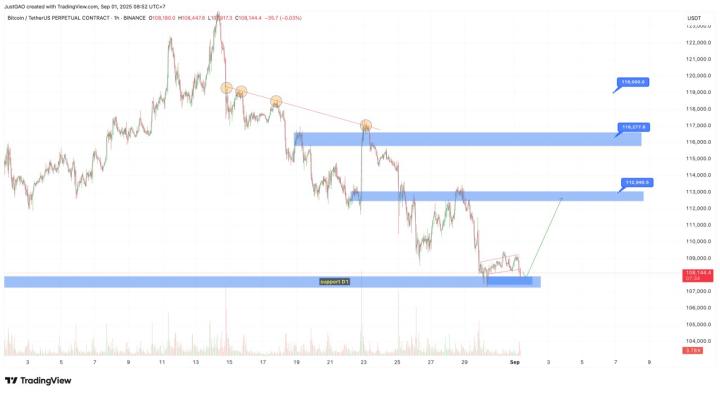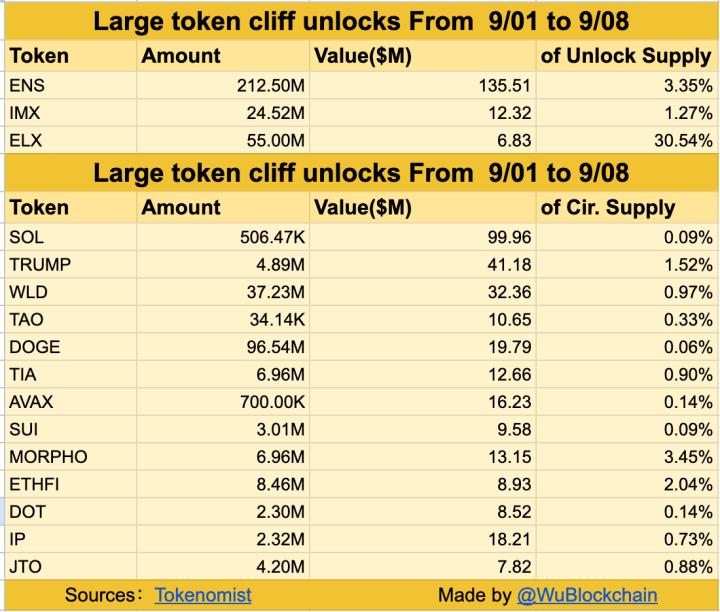


Good news has once again become bad news for the market.
The market got off to a bad start in the new year due to strong non-farm employment data. In December, employment grew by 256,000 (market expected +165,000), and the unemployment rate fell to 4.1% (expected 4.2%). US bond yields rose about 10 basis points, with long-term yields reaching around 5%, while US stocks fell 1.5%, the US dollar strengthened, and oil prices rose 3%. Cryptocurrencies were flat after correcting about 5% in the previous few trading days.
The December employment report exceeded the expectations of all investment banks. The report showed a large increase of 478,000 in household survey employment, a sharp increase in young people employed in part-time jobs, and average hourly wages growing 3.9% year-on-year, far above the July low of 3.6%, suggesting that price pressures may be returning, which is one of the major issues currently troubling the Federal Reserve.

Bond yields have seen a bearish steep trend, with the 10-year yield reaching 4.74% and the 30-year yield approaching 5%, reaching a 12-month high. In addition, the economy remains strong, and traders' expectations for rate cuts in 2025 have quickly fallen from nearly 3 to just 1, making the Federal Reserve's dovish turn last September appear to be a policy mistake.

The stock market is therefore under pressure, with markets in the US, UK, Japan and China all seeing declines, although for different reasons. The US and UK markets have been hit by rapidly rising bond yields and financing costs, Japan has been punished for the central bank's tardiness in raising rates and controlling inflation, while China faces the opposite problem, with the market disappointed by deflationary economic slowdown and lack of specific stimulus measures.

In China, the CSI 300 index fell more than 5% in the first week of trading, marking its worst start to the year since 2016. Concerns about tariff and sanction risks (with Tencent becoming the latest target) and disappointment with policies have caused the Chinese stock market to fall 20% from its October high. In addition, domestic yields have fallen to historic lows, and the renminbi exchange rate has weakened accordingly, further dampening risk sentiment, with no obvious signs of an end in sight.


The focus this week will be on CPI and earnings reports, with the market currently having relatively positive expectations for both. Overall CPI is expected to remain below 3%, and the core inflation rate is expected to remain stable. However, the University of Michigan's inflation expectations have risen preliminarily, and with strong wage growth, the risk balance may tilt upwards, which would be highly unfavorable for the current market sentiment.

After the CPI release, the earnings season will officially begin, and financial and large tech stocks may face additional pressure. On the policy front, there will be press conferences by the People's Bank of China and the State Administration of Foreign Exchange, speeches by Federal Reserve officials, and a speech by Bank of Japan Governor Himino, which the market will use to determine the future path of monetary and fiscal policy.

In the cryptocurrency sector, prices have fallen by around 5-10% over the week, with BTC performing relatively well. Last week, there were reports that the US Department of Justice had been authorized to liquidate the BTC seized in the Silk Road case (worth a total of $6.5 billion), providing a reason for the market to sell, and also raising the question: if the government is serious about cryptocurrencies, why not directly incorporate this BTC into the "BTC reserve"?

ETFs saw net inflows at the start of the week, but experienced significant outflows in the second half, with over $700 million outflows since Wednesday. The total liquidation of long futures positions was around $1 billion, close to the levels seen in November and December.

A recent survey by Citigroup (for its TradFi clients) shows that respondents generally expect BTC prices to rise by 2025, with most forecasting an end-of-year price in the range of $100,000 to $200,000. Is the price following sentiment, or is sentiment following the price? We'll know the answer soon!


You can use the SignalPlus trading compass feature at t.signalplus.com to get more real-time cryptocurrency news. If you want to receive our updates immediately, feel free to follow our Twitter account @SignalPlusCN, or join our WeChat group (add the assistant WeChat: SignalPlus 123), Telegram group, and Discord community to interact with more friends.
SignalPlus Official Website: https://www.signalplus.com








